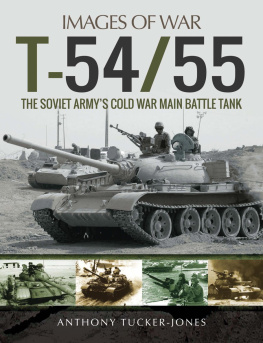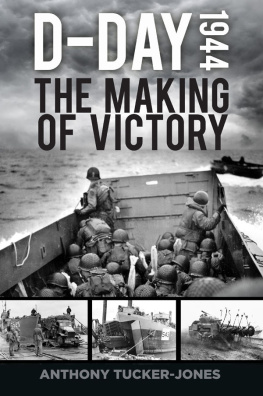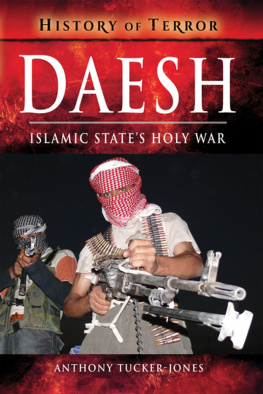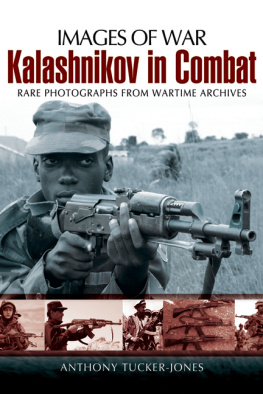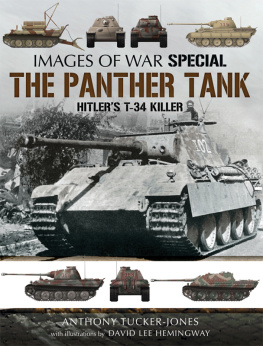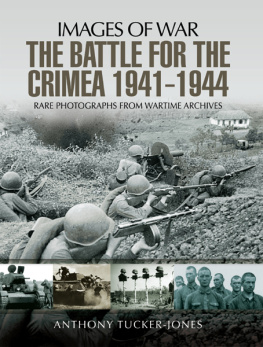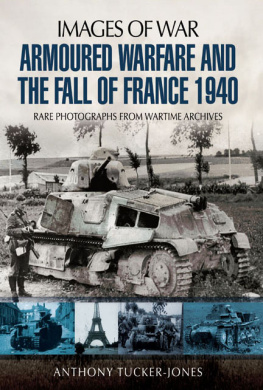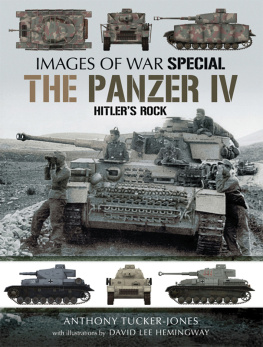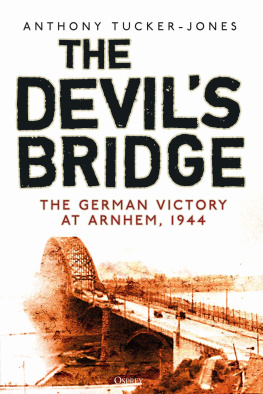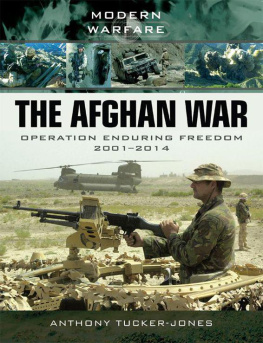Tucker-Jones Anthony - T-54/55
Here you can read online Tucker-Jones Anthony - T-54/55 full text of the book (entire story) in english for free. Download pdf and epub, get meaning, cover and reviews about this ebook. year: 2017, publisher: Pen & Sword Books Limited, genre: Science fiction. Description of the work, (preface) as well as reviews are available. Best literature library LitArk.com created for fans of good reading and offers a wide selection of genres:
Romance novel
Science fiction
Adventure
Detective
Science
History
Home and family
Prose
Art
Politics
Computer
Non-fiction
Religion
Business
Children
Humor
Choose a favorite category and find really read worthwhile books. Enjoy immersion in the world of imagination, feel the emotions of the characters or learn something new for yourself, make an fascinating discovery.
- Book:T-54/55
- Author:
- Publisher:Pen & Sword Books Limited
- Genre:
- Year:2017
- Rating:5 / 5
- Favourites:Add to favourites
- Your mark:
- 100
- 1
- 2
- 3
- 4
- 5
T-54/55: summary, description and annotation
We offer to read an annotation, description, summary or preface (depends on what the author of the book "T-54/55" wrote himself). If you haven't found the necessary information about the book — write in the comments, we will try to find it.
T-54/55 — read online for free the complete book (whole text) full work
Below is the text of the book, divided by pages. System saving the place of the last page read, allows you to conveniently read the book "T-54/55" online for free, without having to search again every time where you left off. Put a bookmark, and you can go to the page where you finished reading at any time.
Font size:
Interval:
Bookmark:

IMAGES OF WAR
T54/55
THE SOVIET ARMYS COLD WAR MAIN BATTLE TANK

Polish-built T-55s on exercise.
IMAGES OF WAR
THE SOVIET ARMYS COLD WAR MAIN BATTLE TANK
RARE PHOTOGRAPHS FROM WARTIME ARCHIVES
Anthony Tucker-Jones

First published in Great Britain in 2017 by
PEN & SWORD MILITARY
an imprint of
Pen & Sword Books Ltd,
47 Church Street,
Barnsley,
South Yorkshire
S70 2AS
Copyright Pen & Sword Books Limited 2017
Every effort has been made to trace the copyright of all the photographs.
If there are unintentional omissions, please contact the publisher in writing, who will correct all subsequent editions.
A CIP record for this book is available from the British Library.
ISBN 978 1 47389 109 8
eISBN 978 1 47389 111 1
Mobi ISBN 978 1 47389 110 4
The right of Anthony Tucker-Jones to be identified as Author of this Work has been asserted by him in accordance with the Copyright, Designs and Patents Act 1988.
All rights reserved. No part of this book may be reproduced or transmitted in any form or by any means, electronic or mechanical including photocopying, recording or by any information storage and retrieval system, without permission from the Publisher in writing.
Pen & Sword Books Ltd incorporates the imprints of Pen & Sword Archaeology, Atlas, Aviation, Battleground, Discovery, Family History, History, Maritime, Military, Naval, Politics, Railways, Select, Social History, Transport, True Crime, Claymore Press, Frontline Books, Leo Cooper, Praetorian Press, Remember When, Seaforth Publishing and Wharncliffe.
For a complete list of Pen & Sword titles please contact
Pen & Sword Books Limited
47 Church Street, Barnsley, South Yorkshire, S70 2AS, England
E-mail:
Website: www.pen-and-sword.co.uk
T here can be no understating the significant role played by the T-54/55 tank in the Cold War and in the decade following it. While the Kalashnikov AK-47 became the peoples gun, the T-54/55 became the peoples tank. The T-54 and its variants was the most prolific tank ever produced and the very first dedicated Soviet main battle tank as opposed to light, medium or heavy it was the first all-rounder. It proved to be a very worthy successor to the famous T-34, which helped the Red Army gain victory during the Second World War.
The T-54/55 was easily the most successful tank of the Cold War and was involved in almost every single major conflict since the 1950s from Budapest to Baghdad. In fact, the T-54 series has seen more action than any other post-Second World War tank. Although it was rapidly outdated, the T-54/55 formed the backbone of the Warsaw Pacts tank forces and was widely exported around the world, seeing combat with numerous armies well into the early 2000s.
Remarkably, the T-54 was so popular that it even outlasted its successor the T-62. It remained in production for over thirty years, until 1981, by which time worldwide well over 70,000 had been built, easily outstripping the T-34 and making it the most ubiquitous tank of all time. In contrast only 20,000 T-62s had been built when production ended six years earlier in 1975. One of the reasons for this was that the T-62 cost up to three times as much to produce and the only real advantage it could offer was its heavier gun. All its other capabilities were broadly comparable.
While Moscow never released any official figures for T-54/55 production, it has been estimated that the Soviet Union alone built about 50,000. It was also manufactured in China, Czechoslovakia, Poland and Romania with approximately another 27,000 bringing total numbers to around 77,000. Some sources even put the total global figure as high as 100,000. This beats T-34 numbers hands down, even allowing for post-war T-34 construction by Czechoslovakia and Poland, amounting to about 60,000. This makes the T-54/55 the most widely-used tank in history a quite remarkable achievement.
Despite its incredible track record, the T-54/55 remains overshadowed by almost every other Cold War tank. Indeed, the Soviet T-62 and T-72 achieved far greater notoriety during the numerous regional conflicts of the Cold War and the subsequent wars after the collapse of the Soviet Union.
A ll photographs are via the author. The publishers and the author are particularly indebted to Tim and Preston Isaac, the proprietors of the Cobbaton Combat Collection, for generously making their Czech-built T-54 available for a detailed photo shoot. The author is also grateful to Dan Reoch of D&B Militaria for supplying samples of inert former warsaw Pact T-54/55 tank rounds and training rounds.
Photos of preserved Chinese tanks in the Beijing Military Museum were taken by Max Smith. Graham Thompson also ably assisted with photos of the Polish-built version. Max Smith and Gerry van Tonder provided shots of the Czech armoured recovery version. Vasco Barbic kindly offered guidance on the Egyptian tanks. This book would be much poorer without their assistance and expertise. Any errors though are solely the authors
T owards the end of the Second World War the Soviets decided that rather than maintaining large fleets of dedicated light, medium and heavy tanks they needed a good all-rounder this resulted in the main battle tank (MBT) concept. A one size fits all solution.
Soviet tank designers began to look at developing a successor for the T-34/85 medium tank and the IS (loseph Stalin) heavy tank. Drawing on their experiences with the T-34/76, T-34/85, KV-85 and IS-1/2, in 1944 they came up with the T-44, which bore a striking resemblance to the late-war T-34/85 and was armed with the same 85mm gun.
It was essentially the same tank with a number of modifications. The main improvements to the rugged T-34/85 design were a similar-shaped turret but without the characteristic thick turret neck, plus a better-shaped hull. Other improvements included a transverse-mounted engine and transmission and torsion-bar suspension. The crew was reduced from five in the T-34/85 to four in the T-44.
One of the designers tasks was to lower the height of the T-34/85 that first went into service in the summer of 1944. Upgunning the T-34/76 had resulted in a much bigger turret, which increased the T-34s height from around 2.4m to over 2.7m. While the improvement from 76.2mm gun to 85mm gun was very welcome, it made the T-34/85s bulky turret a much better target. Similarly, the IS heavy tank was almost 3m high.
On the T-44 one way to achieve a lower silhouette was to eliminate the prominent collar at the turret base. The hull side armour, which on the T-34 was sloped, was vertical and thicker. This was to permit a wider turret ring because the turrets armour was more slanted than that on the T-34/85. Another way that the height was reduced was by installing the diesel engine transversely. Also the Christie spring suspension was replaced with a torsion-bar suspension. The result was that the T-44 had a height of just under 2.5m.
Improving on the T-34/85s main armament was unsuccessful. Attempts were made to upgun the T-44 with a 122mm tank gun but the turret was too small, although experiments with a 100mm gun were slightly more promising. However, only a few prototypes were ever built and the production T-44 retained the 85mm gun. The only way to get round this problem was to design a new tank with a larger turret.
Font size:
Interval:
Bookmark:
Similar books «T-54/55»
Look at similar books to T-54/55. We have selected literature similar in name and meaning in the hope of providing readers with more options to find new, interesting, not yet read works.
Discussion, reviews of the book T-54/55 and just readers' own opinions. Leave your comments, write what you think about the work, its meaning or the main characters. Specify what exactly you liked and what you didn't like, and why you think so.

